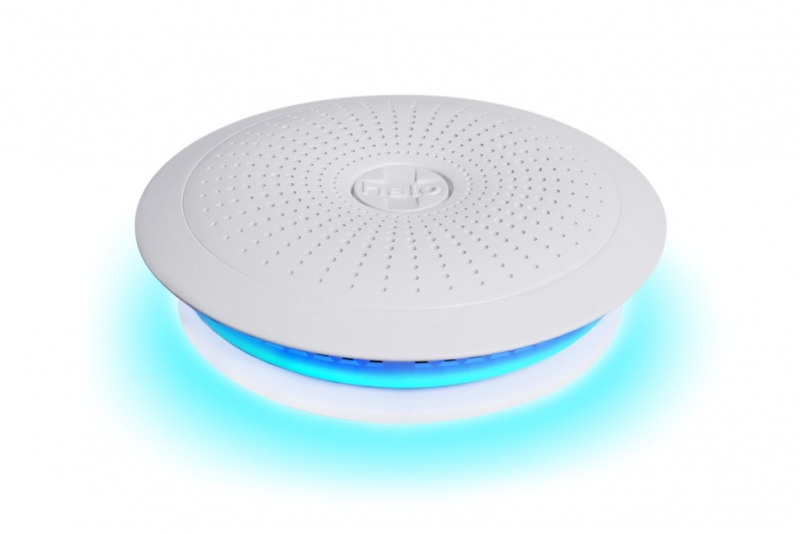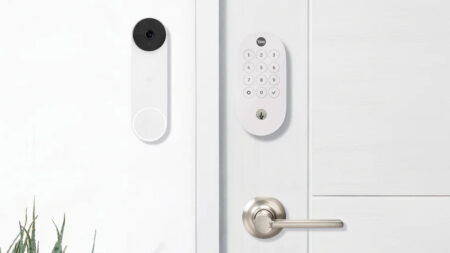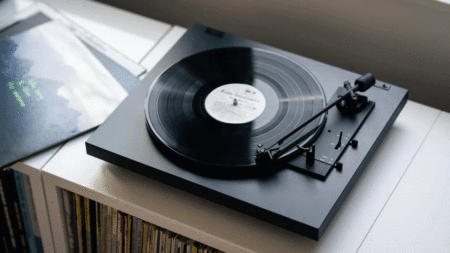Halo smart smoke detector had made appearance at the 2016 Kitchen and Bath Industry Show in Las Vegas as well as at CES 2016 after receiving a warm response for its crowdfunding campaign on Indiegogo in 2015. It’s a hell of device with some emergency chops to operate when the grid goes down. For instance, in case of complete blackout and destruction of communication means during natural disasters or any reason, Halo can go on without asking for power supply from grid.
Let’s talk about what makes it more appealing than other available smoke detectors. Basically, Halo is a smoke and carbon monoxide detector. However, it also uses photo-electric and ionization smoke alarms. Plus heat, humidity along with carbon monoxide detectors. Halo can easily tell the difference between smoke from toast and life-threatening blaze. In case your toast is charred inside your toaster because you had wandered away for a while, Halo will send you an alarm on your smartphone instead of going for high alert alarm for all family members.
Halo comes with 10-year battery-backup if you use it for smoke and carbon monoxide detection. However to enjoy its more advanced features, it requires additional power supply. In case the grid goes down, it can run for a week on its included rechargeable battery. It can also forecast tornados, so for people living in vulnerable regions it’s a handy device. It can even detect rapid pressure drop before a tornado and lets you know when a nearby twister is imminent.
During severe weather events, the device can be set to receive alerts from the national Ocean and Atmospheric Administration (NOAA). Even at the time of total collapse of communication network, with more than 1,000 transmitters nationwide, you’ll still get signals. Further, Halo also works as a smart-home hub and is able to send alerts when you are not at home. Presently, it works only with ZigBee, Iris, iControl protocols but soon it will be available for Apple Homekit and Control4 as well.
To pronounce alarms, Halo features built-in speakers as well as color-coded lights. A blue pulse indicates weather alert, while red means smoke or carbon monoxide. The the basic Halo device will be available for $99 from April 1, moreover Halo+ with included NOAA radio and other features will cost you $129.
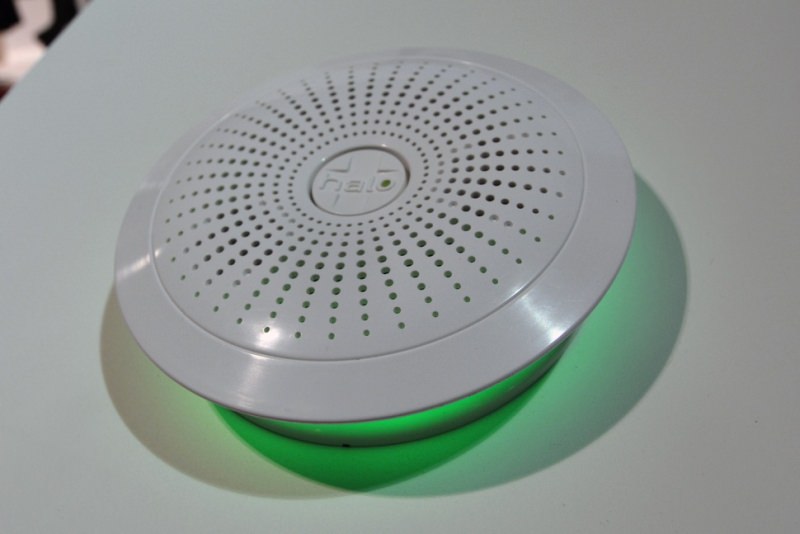
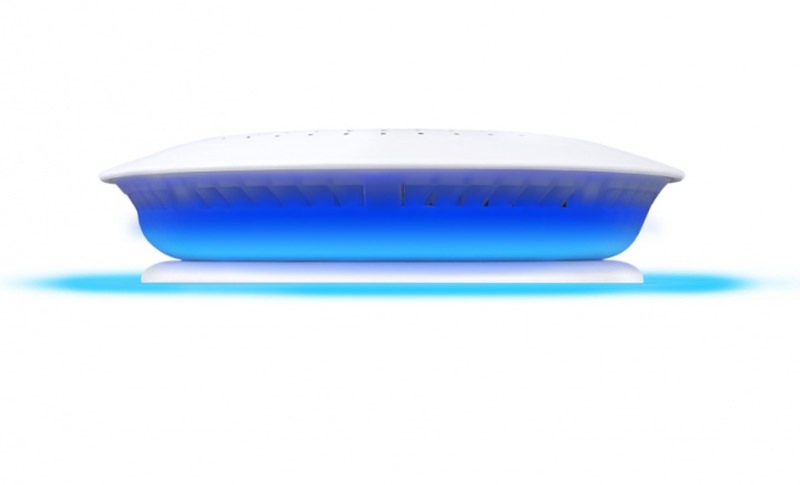
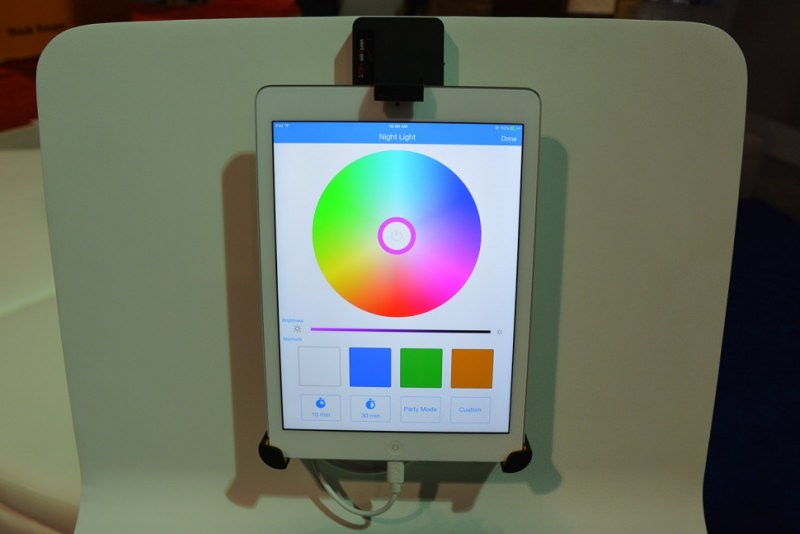
Via: DigitalTrends
Follow Homecrux on Google News!
